11 Ways to Authenticate a Vintage Car Before You Buy It
When buying a vintage car, ensuring its authenticity is crucial for both value and peace of mind. From verifying the Vehicle Identification Number (VIN) to checking the car’s history and originality, each step helps confirm you’re purchasing a genuine classic. This guide will walk you through the essential checks to make before sealing the deal, ensuring that your investment is a true collector’s item.
This post may contain affiliate links, which helps keep this content free. Please read our disclosure for more info.
Research the Car’s History
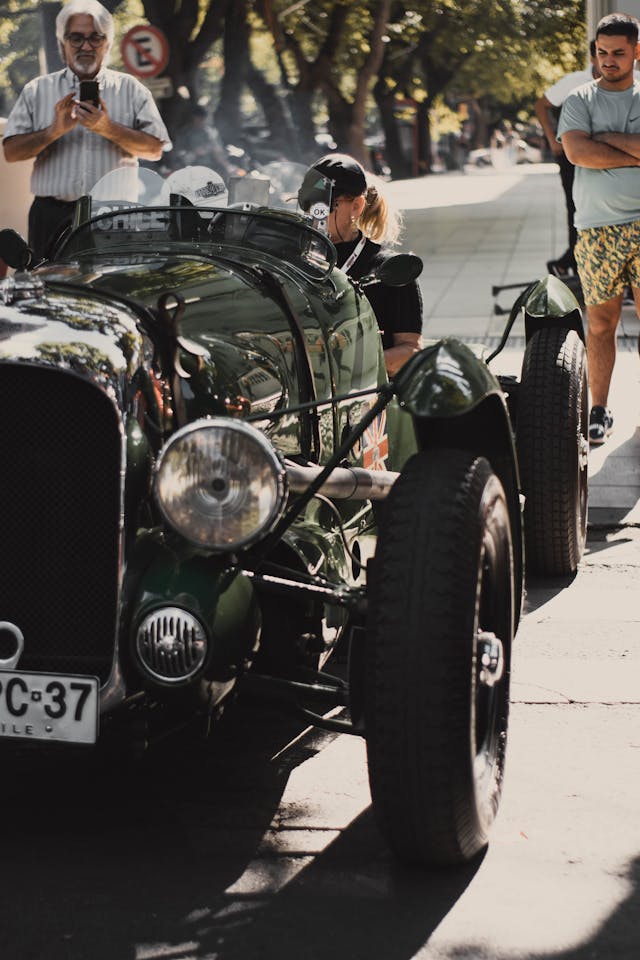
A thorough investigation into a vintage car’s history is one of the first steps to confirm its authenticity. By understanding the car’s previous ownership, maintenance records, and whether it has been involved in any accidents or major repairs, you can gauge its overall condition. Look for documentation such as past service records, insurance claims, and any signs of restoration. A vehicle’s history can also reveal if it has been kept in its original form or if there have been alterations that may affect its value and collectability. It is important to verify these details to ensure the car is free from any undisclosed issues, such as prior damage or suspicious repairs that might make the car less valuable or unsafe to drive.
In addition to looking through official records, check with car clubs or online forums where collectors might have information about the specific car you are considering. Some vintage cars may have a known reputation or be associated with certain collectors, which could help you uncover further details. Researching the car’s history can often be done through online databases, the car’s original manufacturer, or even directly contacting the previous owner if available. The more you know about its past, the better you can assess whether it’s the right choice for your collection.
Verify the Vehicle Identification Number (VIN)
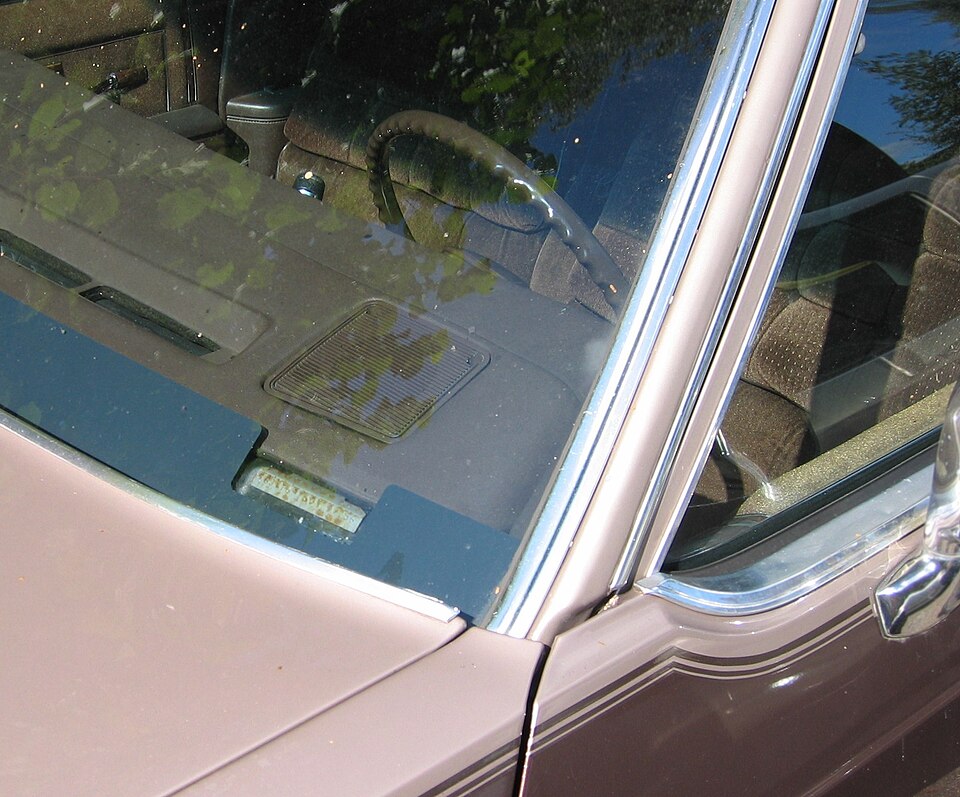
The Vehicle Identification Number (VIN) is a key factor in determining whether a vintage car is authentic. Every car has a unique VIN, typically located on the dashboard, engine block, and inside the door frame. The VIN helps you trace the car’s original manufacturing records, such as its make, model, year, and even its production location. By verifying that the VIN matches across all locations and with the manufacturer’s records, you can confirm that the car is not a replica or one that has been tampered with.
If the VIN appears altered, scratched, or inconsistent with the car’s other features, it could signal that the vehicle is not original or may have been stolen at some point. Many buyers overlook the importance of checking the VIN, but doing so is one of the simplest ways to avoid buying a counterfeit or illegally modified vintage car. This is a straightforward yet vital step in ensuring the authenticity of any car you are interested in purchasing.
Inspect the Car’s Body and Frame
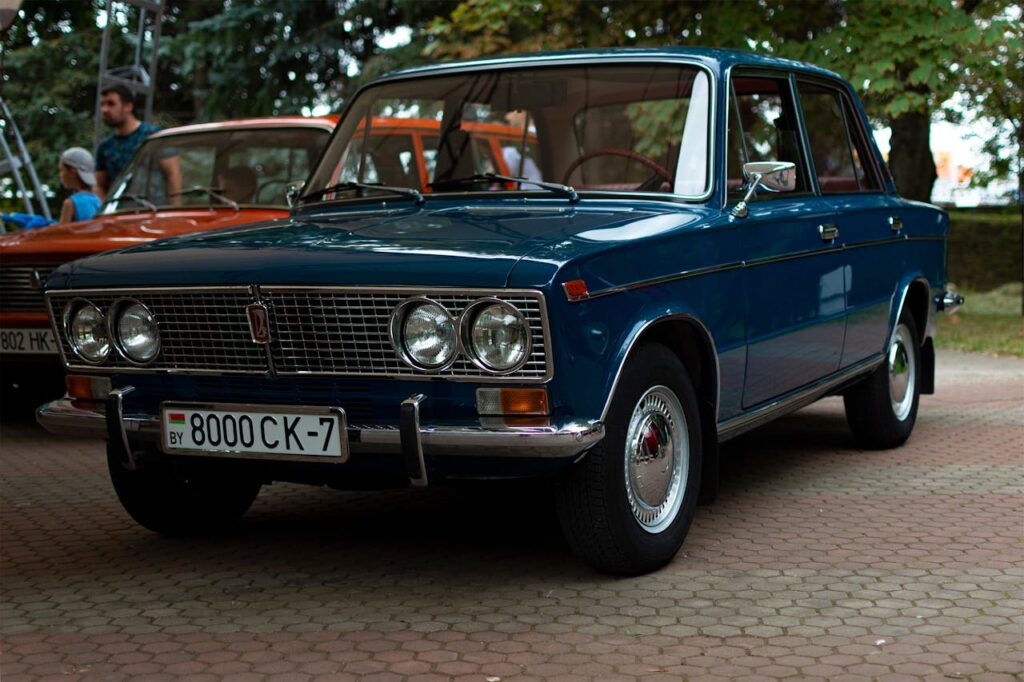
The body and frame of a vintage car offer significant insight into its authenticity. Over time, vintage cars may undergo repairs, which can affect their originality. Look for signs of repairs like welded seams, patchwork, or mismatched body panels, which could suggest that the car has been in an accident or undergone significant alterations. In some cases, these repairs may be hidden by paint or other cover-ups, so a careful inspection is essential.
The frame is especially important, as any serious rust or structural damage could compromise the car’s integrity. Rust can indicate exposure to harsh conditions or improper storage, and in some cases, may be difficult to fix. An original vintage car should ideally have a well-maintained, solid frame that has not been replaced or repaired significantly. A pristine frame is not just a sign of good maintenance; it can also point to the car’s authenticity, showing that it has not been tampered with over the years.
Check for Originality of Parts
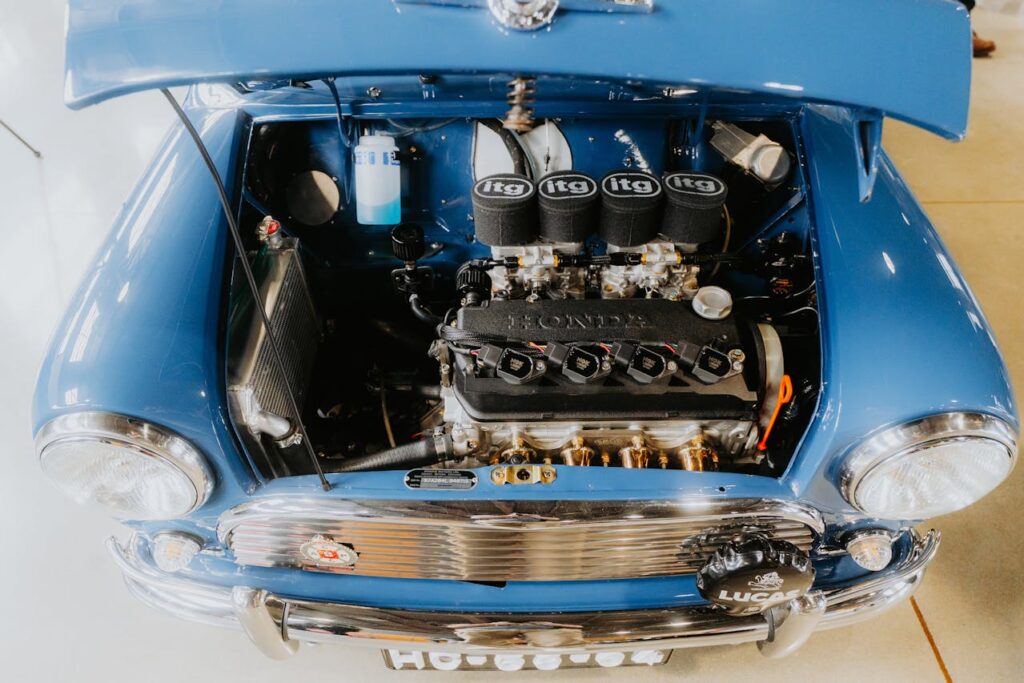
When purchasing a vintage car, one of the most important factors in verifying its authenticity is checking whether it still has its original parts. Over the years, many vintage cars may have undergone modifications or had parts replaced due to wear and tear. It is essential to ensure that key components, such as the engine, wheels, interior features, and exterior parts, are original or true to the model. Authenticity is highly valued in the collector’s market, and original parts significantly contribute to the car’s historical value.
Examine specific areas like the engine compartment, electrical systems, and the dashboard to confirm the use of original parts. Comparing the car’s features with official documentation or even photographs of the same model can help you identify discrepancies or modifications. If you find aftermarket parts, especially in critical areas like the engine or transmission, it might affect the car’s value and its classification as an authentic vintage model. Originality is not just about aesthetics; it also plays a major role in maintaining the car’s integrity and appeal.
Confirm the Engine and Transmission Match the Model
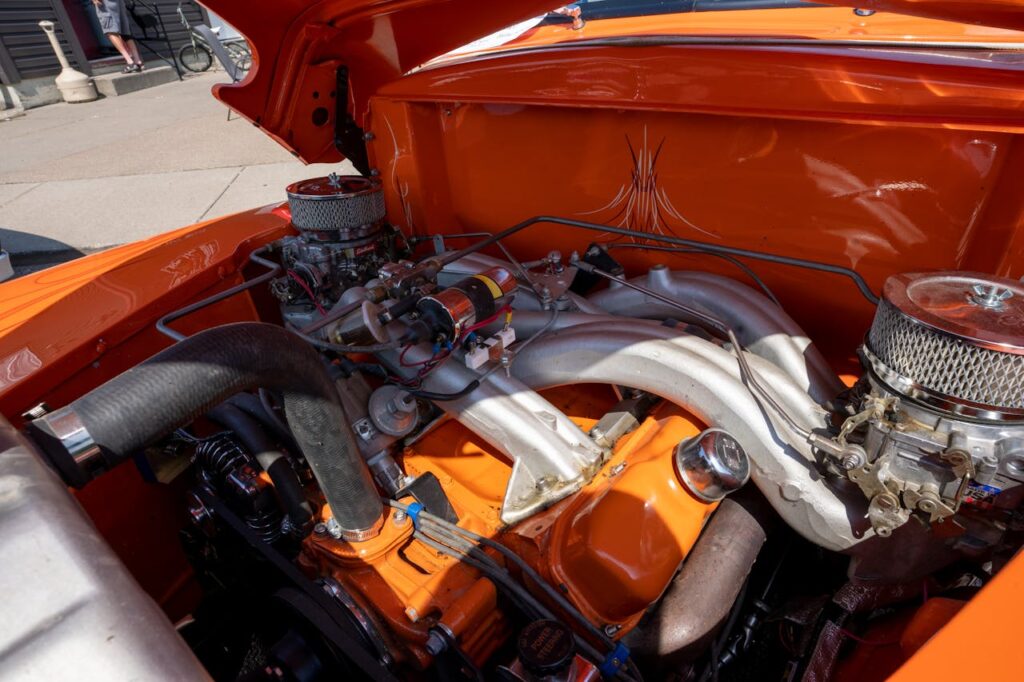
For many vintage car enthusiasts and collectors, the engine and transmission are integral components when assessing authenticity. The engine should match the model and production year of the car, which can often be verified by the engine number and related documentation. If the engine has been swapped for a different one, the car may lose its value as a genuine example of that model. In addition to the engine, the transmission should also align with the original specifications, as this ensures the car’s original driving experience and performance.
It’s important to cross-check the car’s engine and transmission numbers with factory records to confirm that they are original. A mismatch between the car’s engine and its VIN or other identifiers can indicate that the car has been altered, which could impact its authenticity. For collectors, originality is crucial, and having a car with the right engine and transmission not only guarantees its authenticity but also ensures that you are getting the true vintage experience.
Examine the Car’s Documentation

Documentation is key when verifying the authenticity of a vintage car. Authentic cars should come with a complete set of documents, such as the original owner’s manual, maintenance records, and title history. These records will provide insight into the car’s past ownership, service history, and any significant repairs or modifications. It is especially important to look for documentation that proves the car has been properly maintained over the years, as this can increase its value and desirability.
The presence of original paperwork, such as the vehicle’s original purchase contract or dealer invoices, adds legitimacy to the car’s authenticity. Additionally, a well-documented history helps establish provenance, which is a valuable factor in the vintage car market. Be cautious if the car lacks any significant paperwork, as this could suggest that the car’s history is incomplete or potentially fabricated, which can be a red flag for potential buyers.
Look for Signs of Repaint or Respraying
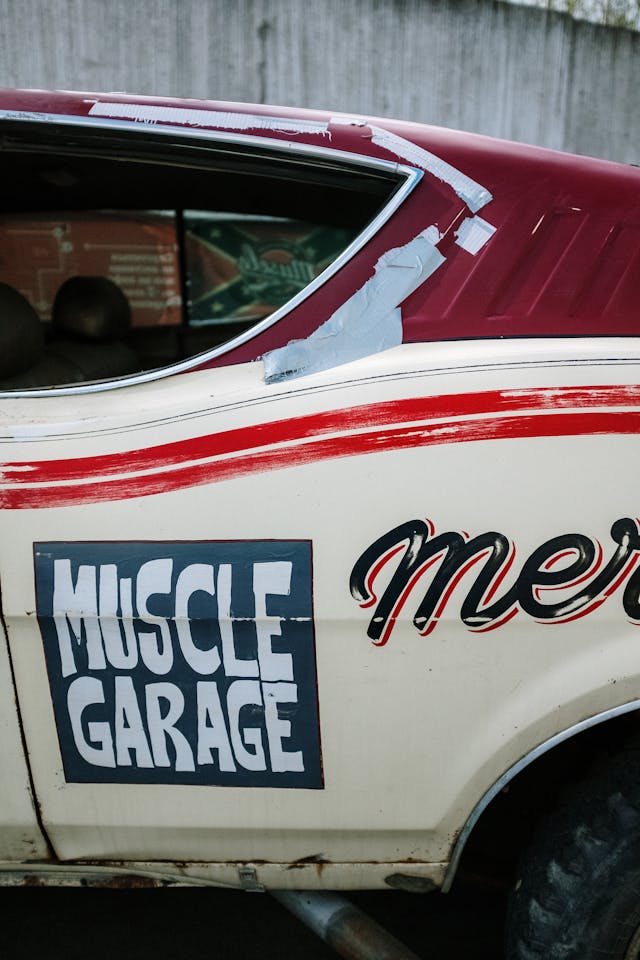
When inspecting a vintage car, checking for signs of repainting or respraying is crucial for confirming its originality. A fresh coat of paint may cover up previous damage, repairs, or rust, but it can also be a sign that the car was restored or altered. Pay attention to the quality of the paint and whether it matches the car’s original factory color. Original vintage cars should maintain their factory paint job or exhibit patina that shows their age while retaining their character.
Look for inconsistencies in the paint, such as mismatched panels, overspray on areas like window trim or door handles, or paint bubbling. These can be signs that the car has been repainted to cover up damage or to make it look newer than it is. A thorough inspection of the car’s paint can help you determine whether it has been altered in any way, which can affect its authenticity and overall value.
Inspect the Car’s Interior Features
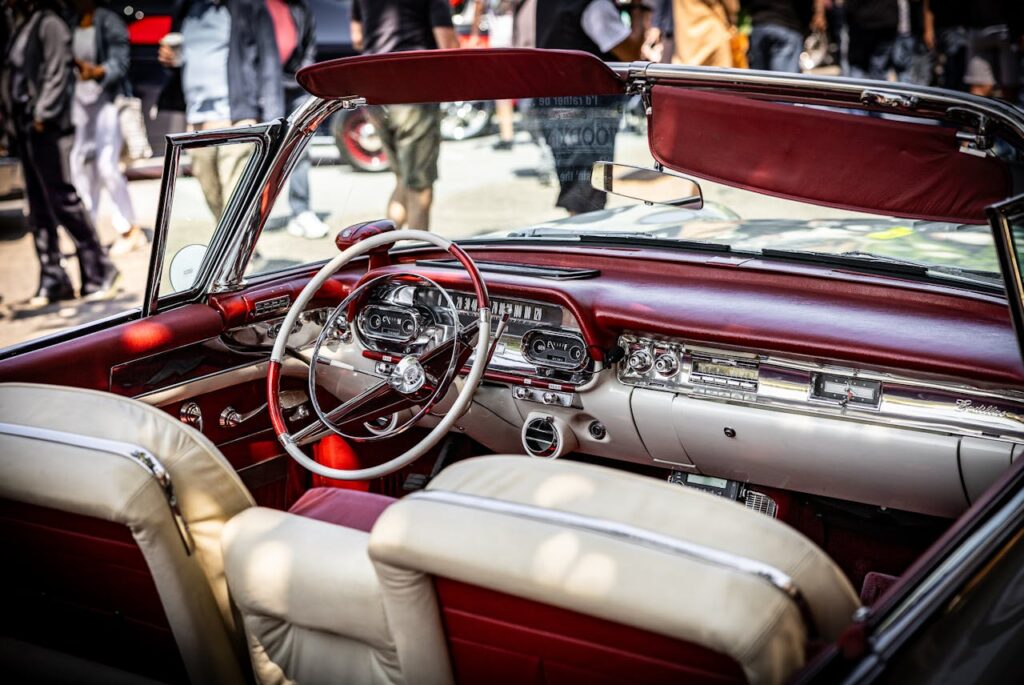
The interior of a vintage car plays a major role in determining its authenticity. Check for signs of replacement upholstery, mismatched trim, or aftermarket additions that may have been installed over time. The condition of the dashboard, seats, and steering wheel should align with the original model and reflect the car’s age. A vintage car that retains its original interior features, such as seat covers, door panels, and carpeting, is a good indicator that it has been well-preserved.
Look for any signs of wear or replacement that could detract from the car’s originality. In many cases, collectors value vintage cars with intact interiors, as these features contribute to the overall character and charm of the vehicle. Restored interiors, while often well done, can detract from the car’s authenticity if they are not true to the original specifications.
Use an Expert to Inspect the Car
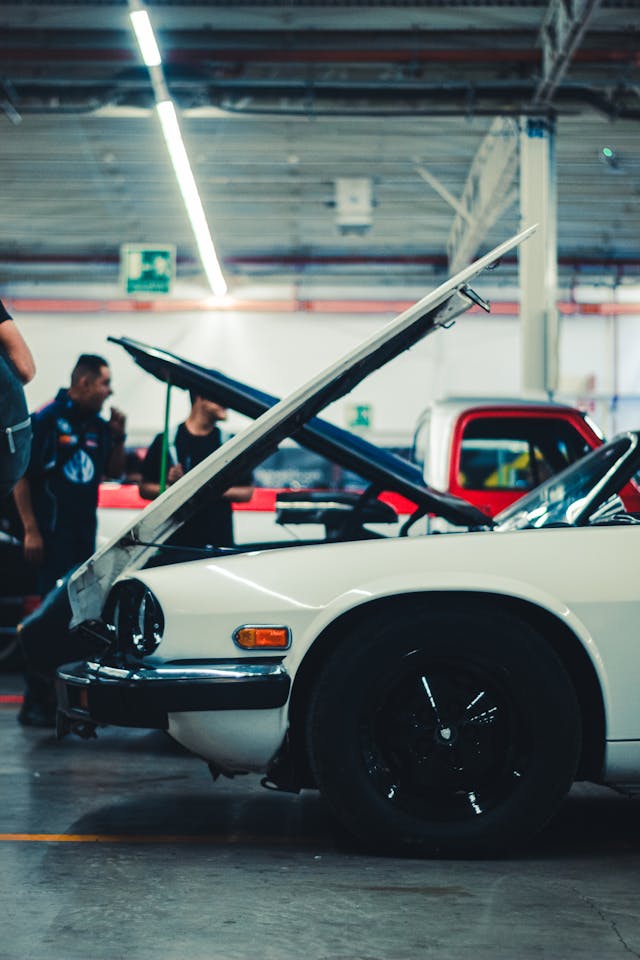
One of the best ways to authenticate a vintage car before purchase is to have a professional inspect it. Experts with experience in vintage car restoration and inspection can identify hidden issues that may not be visible to an untrained eye. They can assess everything from the car’s engine and transmission to its body and interior, ensuring that all components are original and in good condition. A professional inspection can provide you with peace of mind and prevent you from purchasing a car that may have undisclosed problems.
Hiring an expert is especially valuable when purchasing high-value or rare vintage cars. These professionals have access to the right tools and knowledge to verify authenticity. They can also provide a written report, which can be useful for negotiating the price or deciding whether to proceed with the purchase.
Check for Manufacturer’s Markings and Serial Numbers
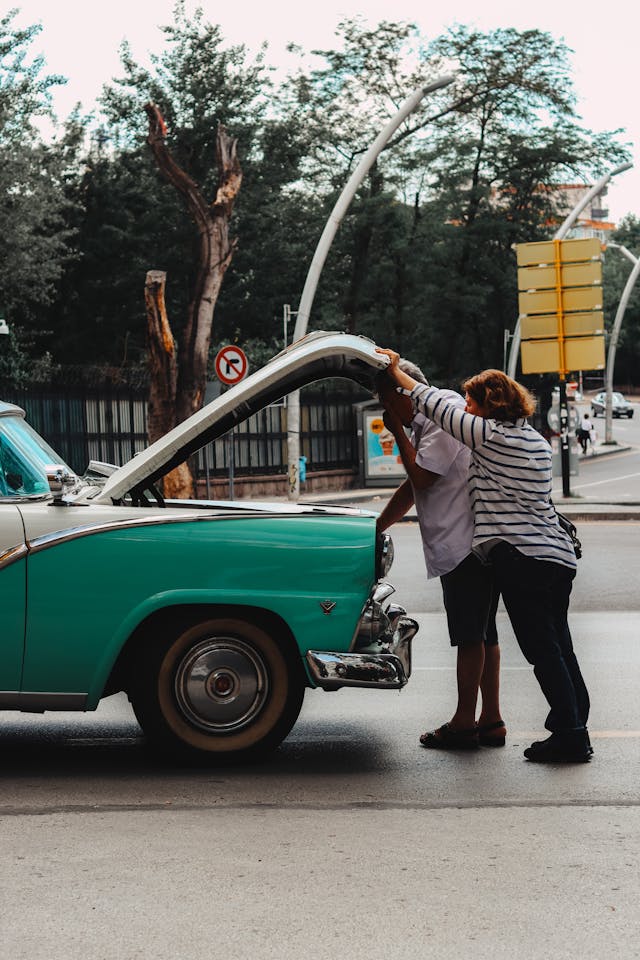
Another important step in confirming a vintage car’s authenticity is checking for the manufacturer’s markings and serial numbers. These identifiers can be found on various parts of the car, including the engine, transmission, and chassis. Cross-referencing these numbers with factory records can help verify the car’s originality and match it to the specific model and production year. A lack of manufacturer’s markings or mismatched numbers may suggest that the car has been modified or tampered with.
In addition to verifying these numbers, also ensure that they are consistent across the car. Authentic vintage cars should display clear and unaltered markings, which reflect the car’s original manufacturing process. If you find discrepancies, it may indicate that the car is not as authentic as it seems.
Verify the Car’s Original Paint and Logos
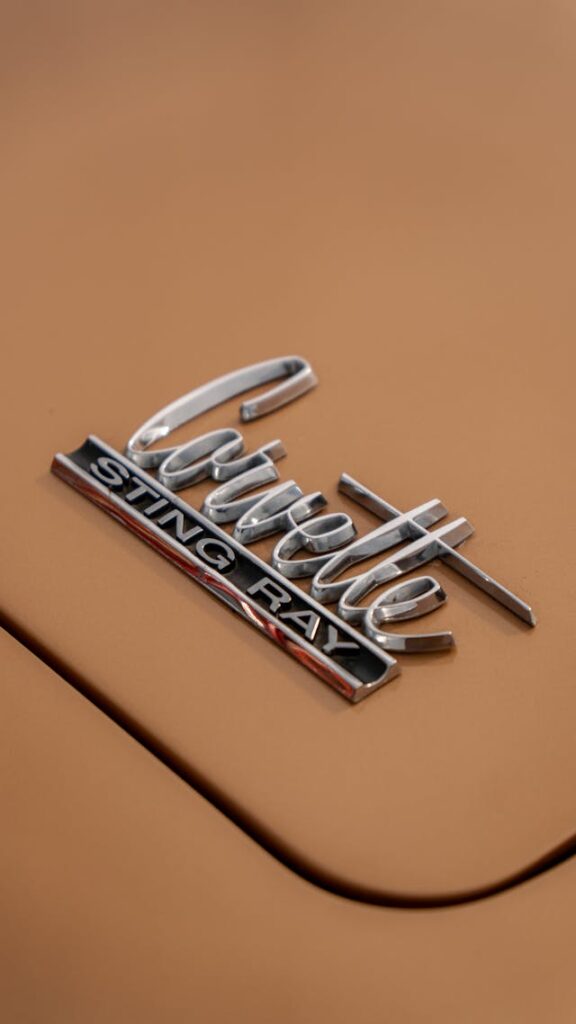
When assessing the authenticity of a vintage car, the original paint and logos can provide significant insight. Cars produced decades ago often have unique paint finishes or factory logos that may not be easily replicated today. The presence of faded or worn logos or a paint job that matches historical records can confirm the car’s authenticity. If the logos or paint appear new or overly restored, it could indicate that the car has undergone extensive modifications or repairs that affect its original state.
In addition to the paint, check for the car’s specific badges and emblems that are often unique to certain model years or trims. Over the years, many vintage cars may have lost or had their badges replaced. Having these original details can make a significant difference in the car’s authenticity and value. It’s worth verifying the specifics of logos and paint color with historical data or by contacting the original manufacturer.
This article originally appeared on Avocadu.
